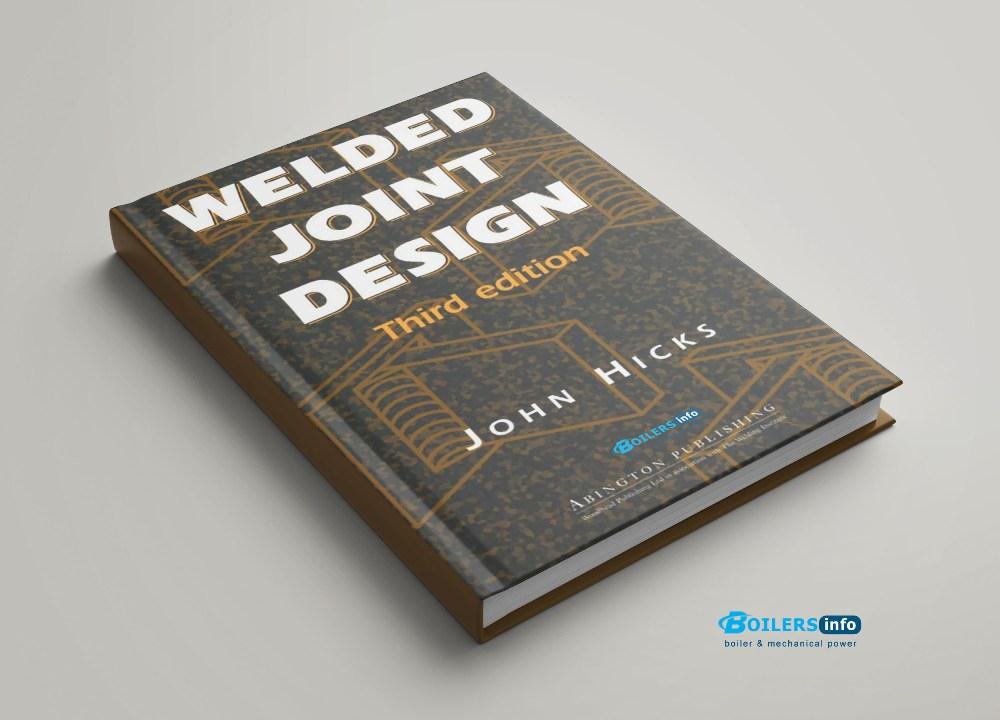Welded Joint Design: Engineering the Backbone of Structural Integrity
Welded joints are the silent sentinels of modern engineering—holding bridges together, reinforcing skyscrapers, binding pipelines across continents, and even forming the skeletons of ships, aircraft, and power plants. Designing these joints is not merely a matter of melting metal together; it’s a discipline that blends art, science, and engineering judgment. A well-designed welded joint ensures not only the mechanical strength of a structure but also its long-term durability, economic viability, and safety under operating conditions.

Understanding Welded Joint Design
Welded joint design refers to the planning and engineering of welds that connect metal components. This involves selecting the most suitable joint type, weld type, and size, as well as determining the ideal placement of the welds for load-bearing efficiency and cost-effectiveness. The design process also considers welding methods, material properties, environmental conditions, and stress distributions.
Key Types of Welded Joints
There are five fundamental welded joint types:
- Butt Joint – Two pieces are placed in the same plane and joined at their edges. Common in piping and structural frames.
- Corner Joint – Metals meet in an L-shape; used in sheet metal fabrication.
- T-Joint – One piece is joined to the center of another, forming a “T”. Typical in structural connections.
- Lap Joint – One piece overlaps another. Good for thin materials or when welding dissimilar thicknesses.
- Edge Joint – Pieces are placed side by side and welded along the same edge. Suitable for low-load applications.
Each joint type has its advantages and limitations in terms of strength, accessibility, distortion control, and inspection ease.
Factors in Joint Design
1. Load Conditions
The primary goal of welded joint design is to withstand applied loads—tensile, compressive, shear, bending, or torsional. Joints must be engineered to distribute these forces efficiently, often requiring finite element analysis or stress simulations in critical applications.
2. Material Compatibility
Dissimilar materials may react differently to heat and load. The design must accommodate differences in thermal expansion, hardness, and metallurgical compatibility to prevent cracking or failure.
3. Welding Process Selection
The choice of process—TIG, MIG, Stick, Flux-Cored, or others—affects penetration depth, bead shape, and residual stresses. Design must align with process capabilities and limitations.
4. Weld Geometry
Fillet and groove welds are the most common types. The geometry—such as leg length, throat size, and root gap—must be optimized to avoid undercutting, lack of fusion, or excessive reinforcement.
5. Distortion and Residual Stress
Improper weld design can lead to warping or locked-in stresses. Preheating, sequencing, and fixture design are employed to minimize these effects.
6. Inspection and Accessibility
The ability to inspect and maintain welds post-fabrication is critical. Design should allow visual, ultrasonic, radiographic, or magnetic particle testing.
Innovations in Welded Joint Design
Modern industries are increasingly integrating computational modeling, machine learning, and digital twin simulations to optimize joint performance before fabrication. Automated welding systems also demand more precise joint preparation and tolerance control, prompting designers to rethink traditional practices for robotic efficiency.
Furthermore, with the rise of lightweight materials like aluminum alloys and advanced composites in aerospace and automotive industries, weld design must now also consider new metallurgical challenges such as porosity, hot cracking, and loss of strength due to heat.
Conclusion and Book
Welded joint design is more than a technical requirement—it’s a strategic engineering decision. A joint that fails can bring down an entire structure, while a well-designed weld can survive decades under extreme conditions. In industries like energy, construction, automotive, and manufacturing, mastering the science of welded joints is essential for building safer, stronger, and more sustainable systems. As materials and technologies evolve, so too must the art of welding design, blending foundational principles with forward-thinking innovation.
 Boilersinfo Boiler and Mechanical Power Digital Library
Boilersinfo Boiler and Mechanical Power Digital Library





